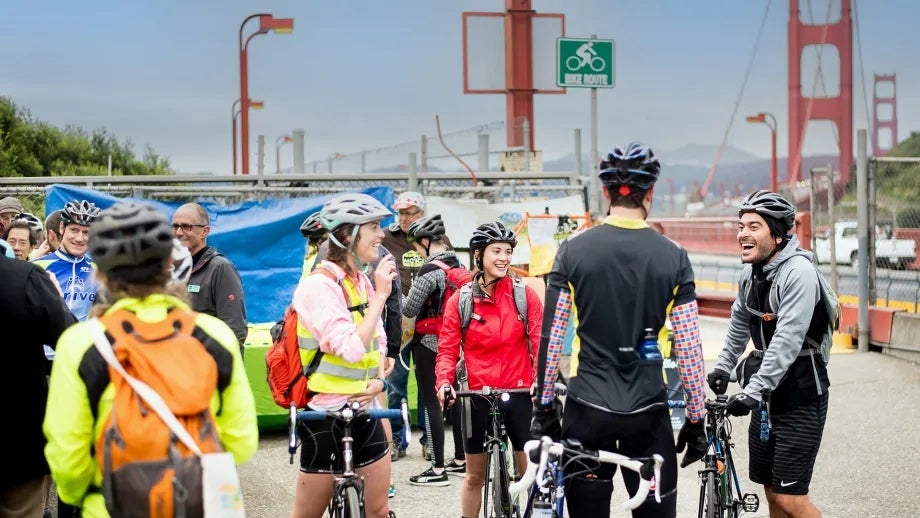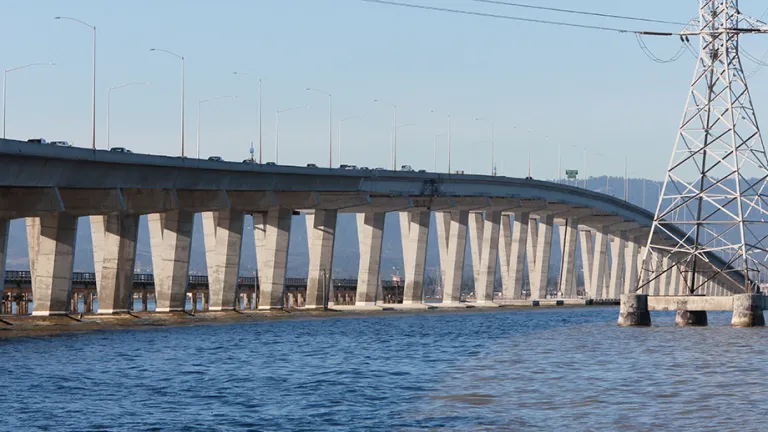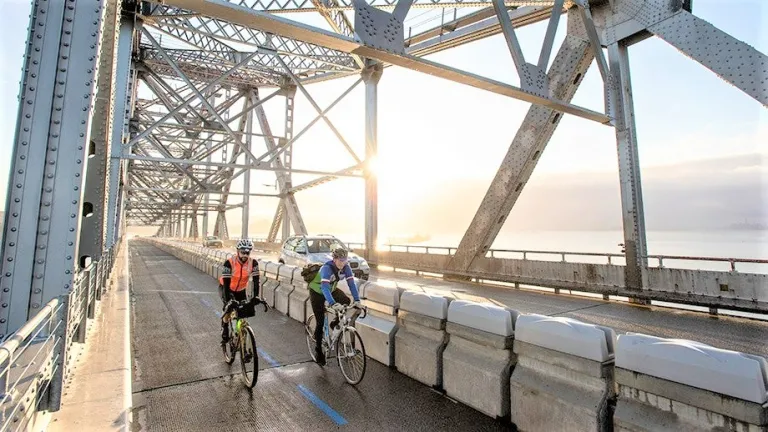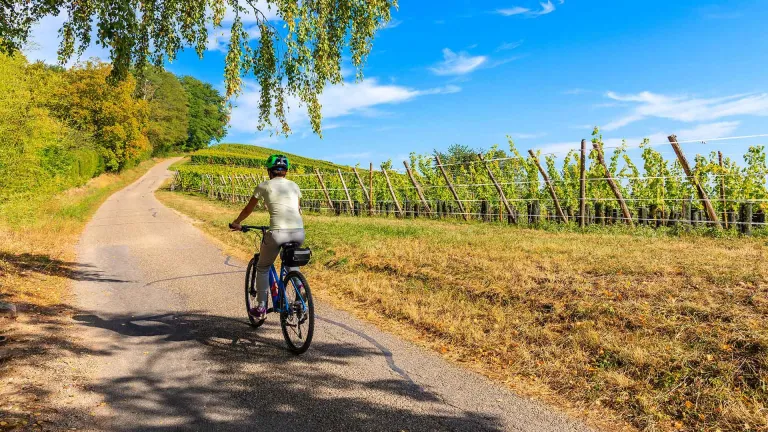Origin-Destination Study
The Origin-Destination Study looks at travel patterns at four Bay Area locations to improve active transportation access and conditions in those areas.
The Origin-Destination Study was commissioned by MTC and the San Francisco Bay Trail and was completed in 2022. It analyzes the travel patterns of active transportation (walking, jogging, biking, etc.) users of four key travel corridors in the Bay Area – the Dumbarton Bridge, the Richmond-San Rafael Bridge, the Napa Vine Trail and the Golden Gate Bridge – with the goal of identifying the challenges that people have in using these spaces.
The study shows how people currently travel through these areas and will help MTC/Bay Trail planners better understand the improvements that are needed for equity and accessibility. In the future, the study will be used to guide improvements to increase active transportation access and connectivity.
Staff Contact
Nicola Szibbo, Program Manager, Active Transportation
Email: nszibbo@bayareametro.gov
More than 350 miles of active transportation trails that circle the bay.
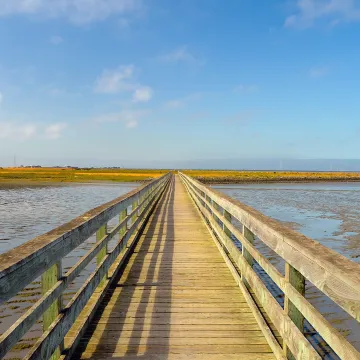
The study was created by mainly for MTC internal use as a technical document and for discussions with local agencies. A working group was held in fall 2021 with key stakeholders and representatives from Bay Area cities, counties, county transportation agencies and others to get input on survey methodology, questions, logistics and locations.
The Origin-Destination Study research included manual bike and pedestrian counts. That information was compared to automatic counter data.
Another key research component was intercept surveys: Users were interviewed on site at the four study locations. Surveys collected information about:
- Origin and destination details
- Purpose of trip
- Trip length
- Frequency/seasonality
- Trip chaining (combining multiple activities into a single trip) and mode shift (choosing one method of travel over another)
- Possible e-bike rebates as incentives to decrease single-occupancy vehicle trips
- Demographics
- Safety concerns

